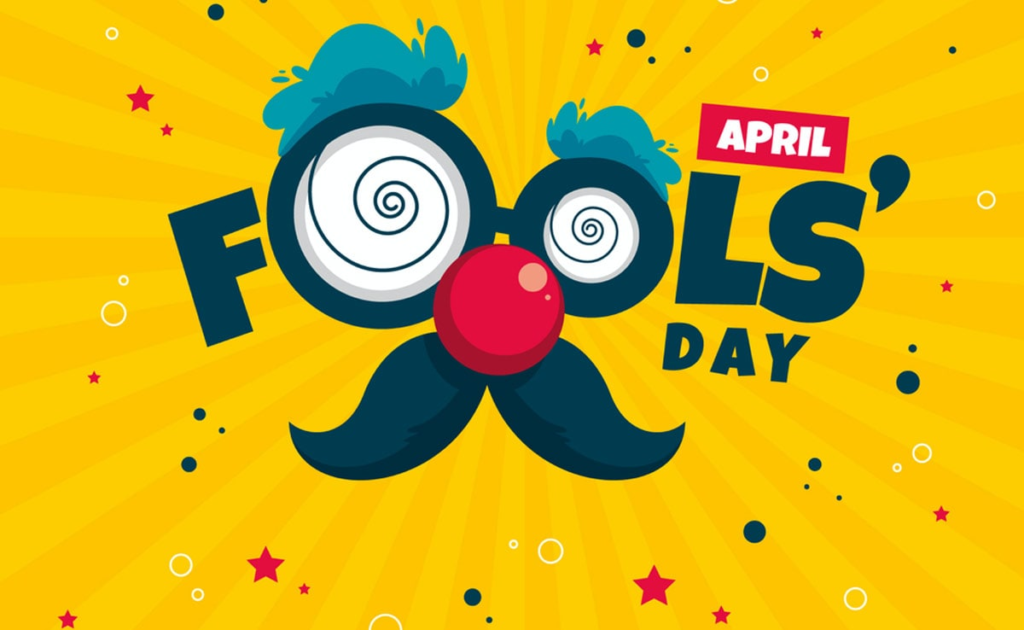
Table of Contents
- Introduction: The Joy of Words and Winter
- The Capitalization Confusion
- What the Grammar Rules Say
- Greeting Cards vs. Everyday Texts
- How Capitalization Changes the Tone
- Other Seasonal Greetings: A Quick Guide
- Final Thoughts: Let Grammar Be Merry
1. Introduction: The Joy of Words and Winter
The holiday season brings a flurry of lights, warmth, and well-wishes. But when you’re writing “happy holidays” in an email, greeting card, or social media post—do you capitalize both words? Or just the first? Or neither?
Before you hit “send” or sign your name on that festive card, let’s unwrap the rules of capitalization that apply during this cheerful time of year.
2. The Capitalization Confusion
Language lovers often pause when they write seasonal greetings. “Happy Holidays” looks polished—but is it grammatically correct? You might wonder:
- Should it be Happy holidays?
- Or maybe just happy holidays in lowercase?
- Is it different in emails vs. formal cards?
This small detail can have a big impact on how your message is received—professional, casual, or even grammatically off.
3. What the Grammar Rules Say
According to standard English grammar rules:
- Capitalize “Happy Holidays” when it appears as a standalone greeting, much like you would with “Merry Christmas” or “Happy New Year.”
- Use lowercase when the phrase appears as part of a longer sentence or mid-paragraph, unless it starts the sentence.
Correct examples:
✔️ Wishing you a very Happy Holidays!
✔️ We hope you enjoy happy holidays with your loved ones.
This is similar to how we treat holidays like Thanksgiving and Christmas—proper nouns get capitalized, but general adjectives (like “joyful” or “festive”) do not unless they start a sentence or are part of a proper title.
4. Greeting Cards vs. Everyday Texts
Greeting cards and holiday messages often follow a more stylized, formal format, so it’s common (and recommended) to capitalize both words: Happy Holidays.
In casual emails or messages, the tone might be lighter. If the phrase is embedded in a sentence, you can go with lowercase:
- “Wishing you happy holidays and a peaceful new year.”
Think of capitalization here as part of the mood-setting—elevated in formality or more relaxed, depending on the medium.
5. How Capitalization Changes the Tone
It might seem subtle, but there’s a tone shift between:
- “happy holidays” → feels casual, informal, even chatty.
- “Happy Holidays” → polished, thoughtful, and intentionally warm.
In branding or business communication, capitalizing both words signals attention to detail and adds professionalism. In a family group text? Lowercase is often just fine.
6. Other Seasonal Greetings: A Quick Guide
Here’s how you should capitalize other popular holiday phrases:
| Phrase | Capitalized? | When to Use |
| Merry Christmas | Yes | Always capitalize both words |
| Happy New Year | Yes | Capitalize when it’s a greeting |
| Season’s greetings | Only “Season’s” | Capitalize if part of a card title |
| Warm wishes | No | General phrase, no capitalization |
| Joyful holidays | No | Unless part of a stylized greeting |
7. Final Thoughts: Let Grammar Be Merry
Capitalization might not change the spirit of your greeting—but it does shape how polished and thoughtful it feels. When in doubt, go with “Happy Holidays” for clarity and style, especially in formal or printed formats. And if your message is from the heart, the grammar will follow the joy.
Now that you know the rules, go ahead—spread the cheer, and write it right.

